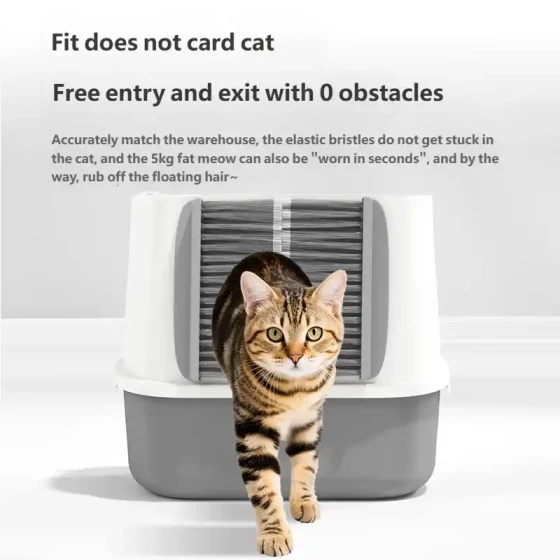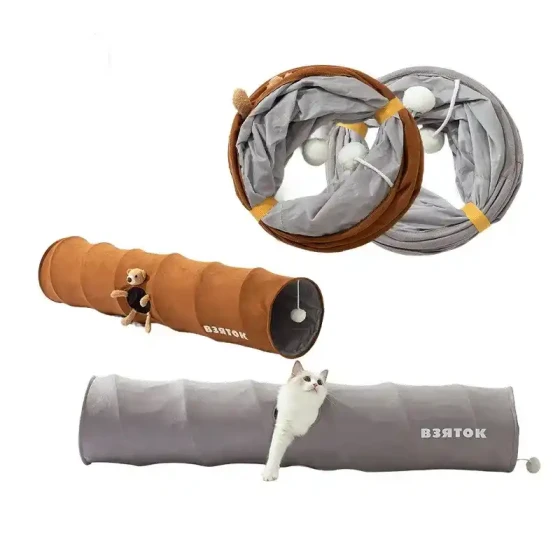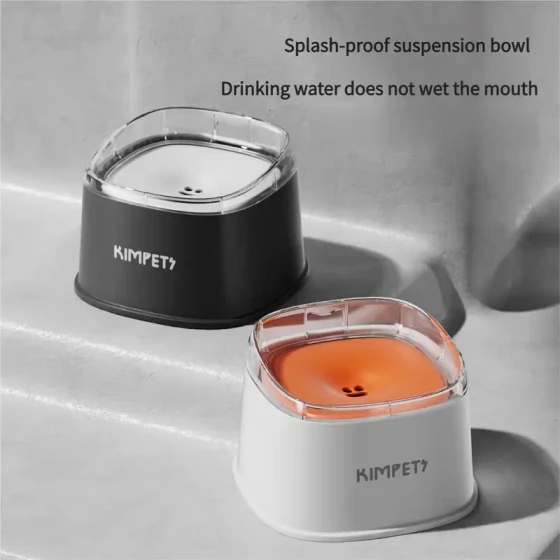Female Cat Spaying Is Too Expensive_Why the Cost Is High but Surgery Is Still Recommended
The cost of spaying female cats is indeed considerable, but this seemingly high expense can largely ensure the cat’s health and happiness. In the long term, it is actually a worthwhile “investment.” Although the surgery carries certain risks, compared to the various health issues and troubles that may arise without spaying, the benefits of spaying are more significant. Therefore, veterinarians generally recommend pet owners to spay their cats.
Female cat spaying surgery, medically known as ovariohysterectomy, is relatively more complex than male cat neutering (castration), with a larger incision. It’s like renovating a house: male cat neutering may be as simple as repainting a wall or changing a light, while female cat spaying involves “demolition and remodeling,” so naturally the cost is higher. The surgery requires general anesthesia and removal of the ovaries and uterus of the female cat. This process needs professional veterinary operation, involving anesthesia risks, surgical skills, postoperative care, and other aspects, all of which contribute to the main parts of the spaying cost.
Why is the cost of female cat spaying relatively higher?
The cost of spaying female cats is usually higher than that of male cats, mainly due to the complexity of the surgery itself.
- Larger surgical scope: Female cat spaying requires removal of ovaries and uterus, while male cat neutering only removes the testicles. It’s imaginable that surgery removing internal organs is more complex and requires finer operation than removing external organs.
- Longer surgery duration: Because of the larger surgical scope, female cat spaying usually takes longer than male cat neutering.
- Anesthesia risk and monitoring: Any surgery requires anesthesia. Since female cat surgery takes longer, it demands higher anesthesia standards and more professional monitoring equipment and personnel, which also increase costs.
- Postoperative care: Female cats have larger surgical wounds and need more delicate postoperative care, including wound management, pain relief, and anti-inflammation, which are reflected in the final cost.
In China, the cost of spaying female cats varies greatly depending on the region, the grade of pet hospital, the cat’s health condition, and other factors. Generally, economically developed areas and large chain pet hospitals charge relatively higher fees, possibly from several hundred yuan to one or two thousand yuan or even higher. Some community pet clinics or animal protection organizations offer spaying services at more affordable prices, sometimes even free public welfare programs. Therefore, the feeling that “female cat spaying is too expensive” may mostly arise from comparisons to male cat neutering costs or some low-cost services.
Why is surgery still recommended despite the high cost?
Although the cost of spaying female cats is considerable, from the perspective of the cat’s health and overall quality of life, this expenditure is very worthwhile. The benefits of spaying are multifaceted and far outweigh the costs and potential risks.
- Control cat population and reduce stray cats: This is one of the most direct and important reasons. Female cats have a very strong reproductive ability and can produce multiple litters each year without spaying, resulting in a large number of homeless stray cats. Stray cats not only live hard lives but also cause social management pressure. Spaying is the most effective means to control cat population and reduce stray cat problems.
- Prevent multiple diseases: Unspayed female cats are prone to various reproductive system diseases such as pyometra, ovarian cysts, mammary tumors, etc. Pyometra is a very dangerous disease with rapid progression that can be life-threatening without timely treatment. Spaying surgery can significantly reduce or eliminate the risk of these diseases, especially if done before the first heat, which is particularly effective in preventing mammary tumors.
- Improve cat behavior: Unspayed female cats exhibit howling (commonly known as “calling spring”), irritability, loss of appetite, and inappropriate urination (spraying to mark territory) during heat periods. These behaviors affect the cat’s mood and health and cause trouble for owners. After spaying, the cat will no longer go into heat, and these behavioral issues will be significantly improved. The cat’s mood becomes more stable, temperament gentler, and better suited for home life.
- Extend cat lifespan: Spaying can reduce disease incidence and accidental risks caused by heat, fighting, or getting lost, thus helping to extend the cat’s lifespan. Studies show that spayed cats live longer on average than unspayed ones.
Potential risks of spaying surgery and how to handle them
Although the benefits of spaying are many, as a surgical procedure, certain risks do exist.
- Anesthesia risk: Any general anesthesia carries risk, especially for older cats or those with underlying health problems. However, modern veterinary anesthesia technology is very mature and anesthesia risks have greatly decreased. Detailed preoperative physical exams and blood tests to assess the cat’s health can minimize anesthesia risks.
- Surgical complications: During surgery, bleeding, infection, and other complications may occur, but experienced veterinarians implement strict sterilization measures to minimize risks. Postoperatively, owners need to follow medical instructions for wound care, prevent licking, and avoid infection.
- Postoperative recovery: Female cats require a recovery period after spaying, typically needing to wear an Elizabethan collar or surgical suit, restrict activity to prevent wound opening. Some cats may show lethargy, loss of appetite, which are normal postoperative reactions and usually gradually improve.
- Obesity issues: After spaying, a cat’s metabolism changes and they are prone to gain weight. Obesity can cause diabetes, heart disease, etc., but can be effectively managed through diet adjustment, portion control, and increased exercise.
Female cat spaying surgery procedure
The spaying surgery usually includes the following steps:
- Preoperative examination: The veterinarian examines the cat’s physical condition and sometimes conducts blood tests to ensure suitability for surgery.
- Anesthesia: The cat is given general anesthesia.
- Surgery: The veterinarian makes a small incision in the cat’s abdomen, locates and removes the ovaries and uterus, then sutures the wound.
- Postoperative care: The veterinarian manages pain and inflammation. Owners should take the cat home after waking and follow instructions, including wearing an Elizabethan collar or surgical suit, restricting activity, monitoring wound healing, and administering medication on time.
When is the appropriate time to spay a female cat?
Most veterinarians recommend spaying before sexual maturity, that is, before the first heat. Usually, around 6-8 months old is appropriate. Spaying before the first heat is best for preventing mammary tumors and other diseases. Of course, even adult or older healthy female cats can be spayed. However, if the cat is in heat or pregnant, immediate surgery is usually not recommended; it should wait until after heat or lactation ends.
Frequently Asked Questions
- Will female cats gain weight after spaying? Yes, metabolism decreases after spaying, making cats prone to obesity. Weight should be managed through diet control and increased exercise.
- Is spaying surgery risky? Spaying is a routine surgery with low overall risk. Still, any surgery has risks. Choosing a reputable hospital and experienced vet, preoperative exams, and careful postoperative care can minimize risks.
- Will female cats still go into heat after spaying? Normally, spaying removes ovaries and uterus, so cats will not go into heat again.
- How long does recovery take after spaying? Female cats generally require a longer recovery than males, usually 10-14 days for the wound to basically heal. Activity must be limited and Elizabethan collar or surgical suit worn during this time.
- Where can I find affordable spaying services? Besides private pet hospitals, some animal protection groups or communities offer low-cost or free public welfare spaying services. Pay attention to local information.
In summary, although spaying female cats requires a certain cost, from the perspective of long-term health, happiness, and societal benefits, this expenditure is very valuable. Choosing a regular pet hospital, communicating fully with veterinarians, understanding the pros and cons and precautions of the surgery, helps you make the wisest decision for your beloved cat.

-560x560.webp)



-560x560.webp)